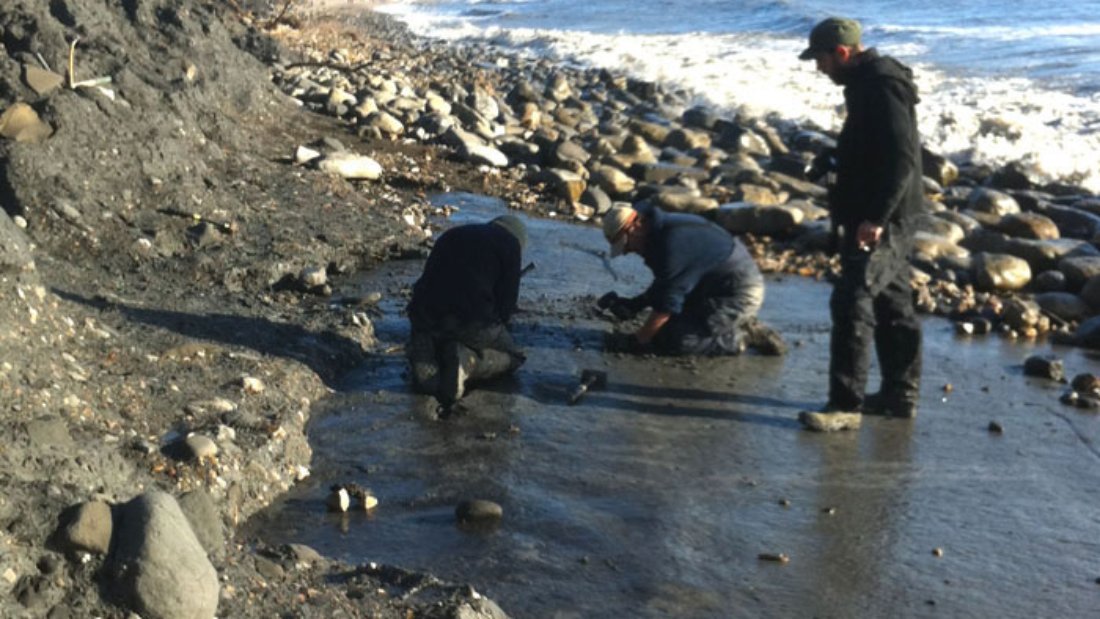I attended a talk by the former county geologist Richard Edmunds. Richard is passionate about the Jurassic coast and is also a phenomenal collector and conservator of fossils. He has a unique collection including an ichthyosaur, plesiosaur and many ammonites.
For the last few years, Richard has been mapping and recording the famous landslide that occurred in 1839 to the west of Lyme Regis.
On Christmas Eve 1839, a huge landslide occurred and twenty acres of land subsided, pushing a large reef off- shore from the sea. The landslip created a vast chasm, one mile long and 150ft deep. A plateau of 15 acres became isolated and became known as Goat Island. Richard has been recording the boundaries of the faults and the reason this cataclysmic event occurred and is about to publish a paper on the subject.
The chasm attracted many visitors, including Queen Victoria and in an antique shop in Lyme Regis, you can frequently find lithographs drawn after the event.
You are able to visit the site today by following the coastal footpath to the west of Lyme Regis. The area is heavily wooded and is one of the most beautiful section of the Jurassic Coast

